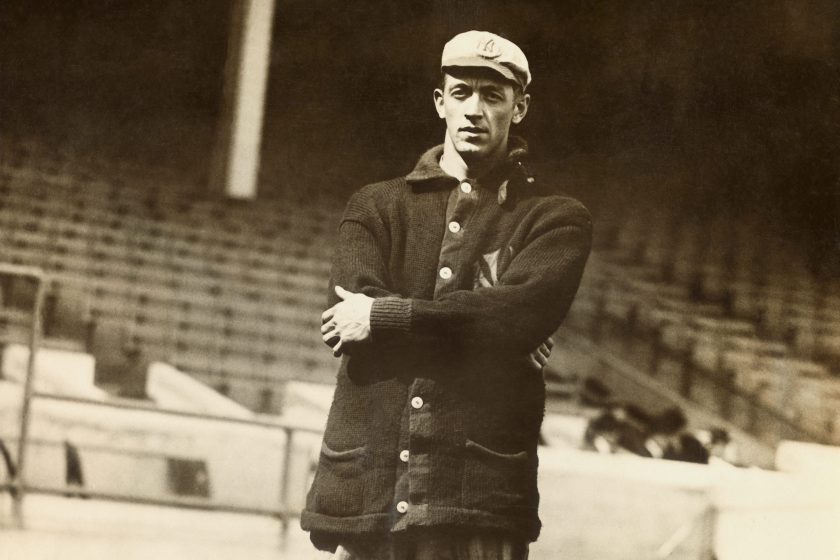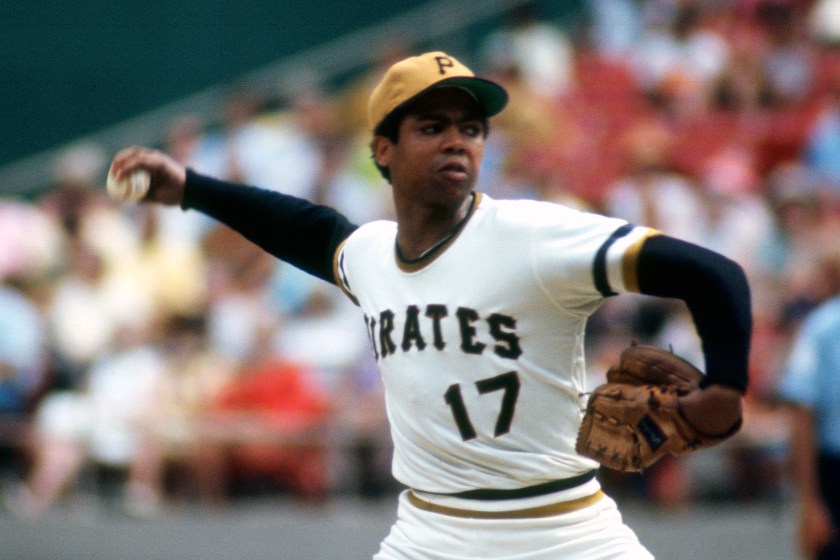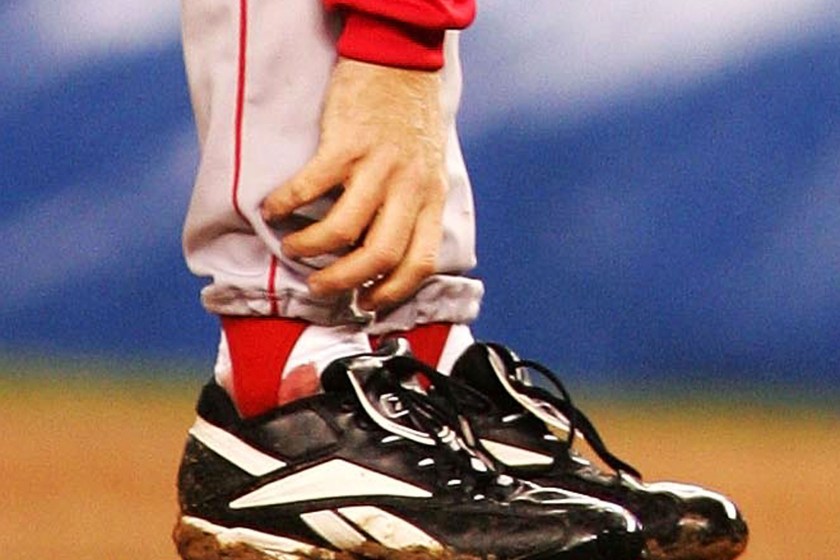The date is Aug. 24, 1919. The Great Depression has yet to occur, social media doesn't exist and the streets are filled with horses. Lots of things are completely different than they will be in over a century, but Cleveland Indians pitcher Ray Caldwell is taking the mound in a game that will see little change over the years - baseball.
Videos by FanBuzz
At League Park, Caldwell is facing the Philadelphia Athletics, who had been unable to figure out the right-hander's pitches through 8.2 innings. The A's lineup had a total of four hits and one run. With a storm setting in over the field, the crowd is anticipating that the final out will be made before anything gets serious.
Instead, as Caldwell comes set to pitch to the plate, a lightning bolt flashes the infield, causing the tall 6-foot-2 pitcher to drop to the ground. Teammates are rightfully concerned that their pitcher is deceased as he lay on the ground with a burned chest.
"A bolt came hurtling from the sky and smashed into the ground near the pitcher's mound," Franklin Lewis wrote in his book about the Indians. "A direct hit would have killed any mortal. Caldwell was struck, a glancing blow fortunately. He was flattened and knocked unconscious for five minutes."
Miraculously, Caldwell climbs to his feet after a few moments.
"I have one more out to get," Caldwell told his team.
The next hitter in the order is Athletics shortstop Joe Dugan, who finishes a 1-for-3 day by grounding out to third, giving Caldwell his eighth win of the year.
Caldwell played another two years of professional baseball before retiring from a 12-year career.
"Felt like somebody came up with a board and hit me on the top of the head and knocked me down," Caldwell told the Cleveland Plain Dealer after the game.
Dock Ellis Pitches a No-Hitter on LSD
RELATED: Dock Ellis's No-Hitter on LSD Remains An Untouchable MLB Feat
The next pitching performance worthy of mention requires a fastforward almost 51 years later to June 12, 1970. The Pittsburgh Pirates are building a solid season, a year in which the club finished 89-73, first in the NL East.
In a mid-season West Coast swing, an acid-laced 25-year-old right-hander named Dock Ellis took the mound against the Padres in San Diego Stadium.
"I can only remember bits and pieces of the game," Ellis stated in 1984. "I was psyched. I had a feeling of euphoria. I was zeroed in on the [catcher's] glove, but I didn't hit the glove too much. I remember hitting a couple of batters, and the bases were loaded two or three times. The ball was small sometimes, the ball was large sometimes, sometimes I saw the catcher, sometimes I didn't."
Ellis' description hardly sounds like a recipe for success. Nevertheless, the Pirates starter (while high on the drug LSD) earned the win as he pitched a full nine innings, allowing no runs or hits while walking eight batters and striking out six.
"Sometimes, I tried to stare the hitter down and throw while I was looking at him. I chewed my gum until it turned to powder. They say I had about three to four fielding chances. I remember diving out of the way of a ball I thought was a line drive. I jumped, but the ball wasn't hit hard and never reached me," Ellis recalled.
According to Ellis, he woke up in Los Angeles at noon on that Friday he was pitching. With a 6 p.m. start, a girl that Ellis was with at the time somehow got the pitcher to the airport in Los Angeles and on a plane to San Diego before first pitch.
Hardly anything makes sense in the story of the acid trip no-hitter, but Ellis said that he pitched every game under the influence of something, though LSD was an unusual circumstance. The longtime Pittsburgh Pirate claims to have pitched while dealing with the effects of alcohol, Benzedrine and Dexamyl.
Curt Schilling Bleeds Red Sox Past Yankees in the ALCS
In the modern game of baseball, players have been protected with the proper training staff members and those that look out for their best interests. When the games matter the most, though, all chips are on the table.
That was the case when Red Sox pitcher Curt Schilling took the mound in Game 6 of the 2004 American League Championship Series. With a bleeding lower right leg, Schilling delivered a gem on the hill, pitching seven innings while allowing only one run on four hits.
"Every step made me question my ability to pitch," Schilling said.
Schilling had a torn tendon sheath and pitched with the injury in Game 1 of the series. Needing a fix-up before Game 6, the Red Sox's medical team put together an unusual procedure which helped Schilling get ready. Team doctor Bill Morgan stitched together Schilling's loose ankle tendon back into his skin. Once on the mound, Boston's pitcher bled because of the stitches pressing against his tendon.
"When there was all that talk about, 'was that really blood?' not only was it really blood, but what he endured and mentally overcame the way he did may never be done again. I don't know that there's ever going to be a procedure like that to get a guy ready to pitch again. It was little bit, like, science fiction-y," outfielder Gabe Kapler said of the situation.
Years later, Schilling's bloody socks have been sold for thousands. An artifact from pitching in Game 2 of the 2004 World Series against the Cardinals, the pitcher's blood-soaked sock sold for almost $93,000 in 2013.



